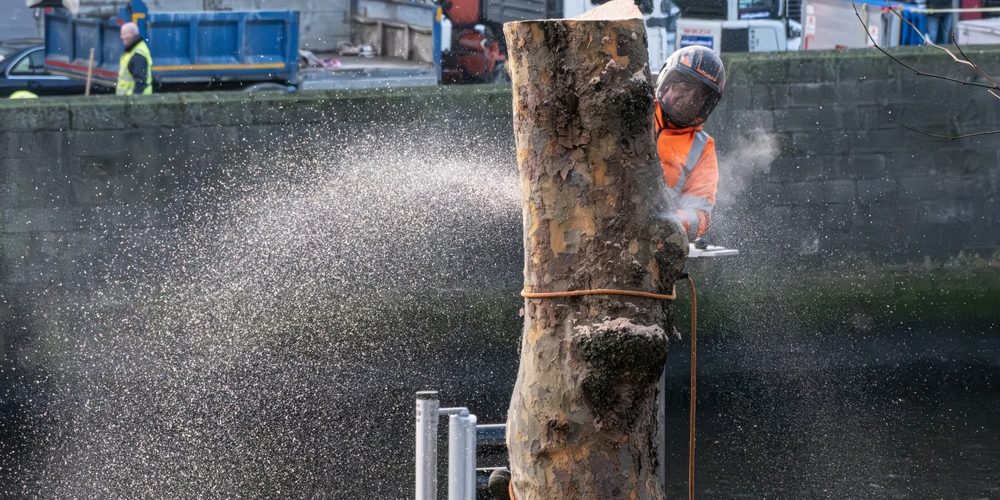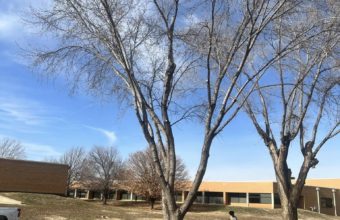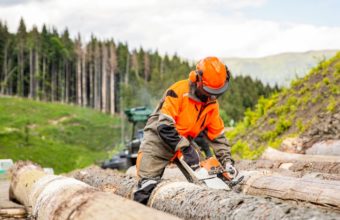Cutting lower branches, a practice known as “limbing up” or “raising the canopy,” can indirectly influence a tree to grow taller, but the effect is more about redirecting the tree’s energy rather than directly stimulating vertical growth.
Here’s how this practice works…
- Energy Redistribution – By removing lower branches, a tree may redirect its energy and resources towards the growth of its upper branches and main trunk. This can potentially lead to increased growth in these areas since the tree is no longer expending resources on the maintenance of the lower limbs.
- Increased Light and Airflow – Cutting lower branches can improve light penetration and air circulation throughout the tree and to the ground below. This can enhance photosynthesis in the remaining parts of the tree, potentially contributing to its overall growth and health.
- Growth Priority – Trees naturally prioritize their growth towards their tips and the uppermost branches (apical dominance). By pruning lower branches, you are reinforcing the tree’s natural growth pattern, which can lead to a taller tree over time.
Simply cutting lower branches does not guarantee that a tree will grow taller. Tree height is influenced by a variety of factors, including genetics, species, environmental conditions, and overall health. Improper pruning can cause stress and damage to the tree, potentially leading to health issues that could hinder growth or even lead to a reduction in the tree’s vitality and height over time.
Best Practices for Pruning
- Proportionate Pruning – Avoid removing too much of the canopy at once, as this can stress the tree. A general rule is not to remove more than 15-20% of the tree’s crown in a single pruning session.
- Proper Timing – The best time for pruning most trees is during their dormant period in late winter or early spring, though dead or hazardous branches can be removed at any time.
- Correct Technique – Use proper pruning techniques to avoid damaging the tree. Make clean cuts that allow the tree to heal effectively.
- Consult Professionals – For significant pruning, especially on large or valuable trees, consider consulting a certified arborist to ensure the health of the tree and safety during the pruning process.
While cutting lower branches can contribute to a tree’s vertical growth by reallocating resources and enhancing the tree’s natural growth patterns, it’s just one factor among many that influence tree height. Proper care and management are to support healthy growth.






